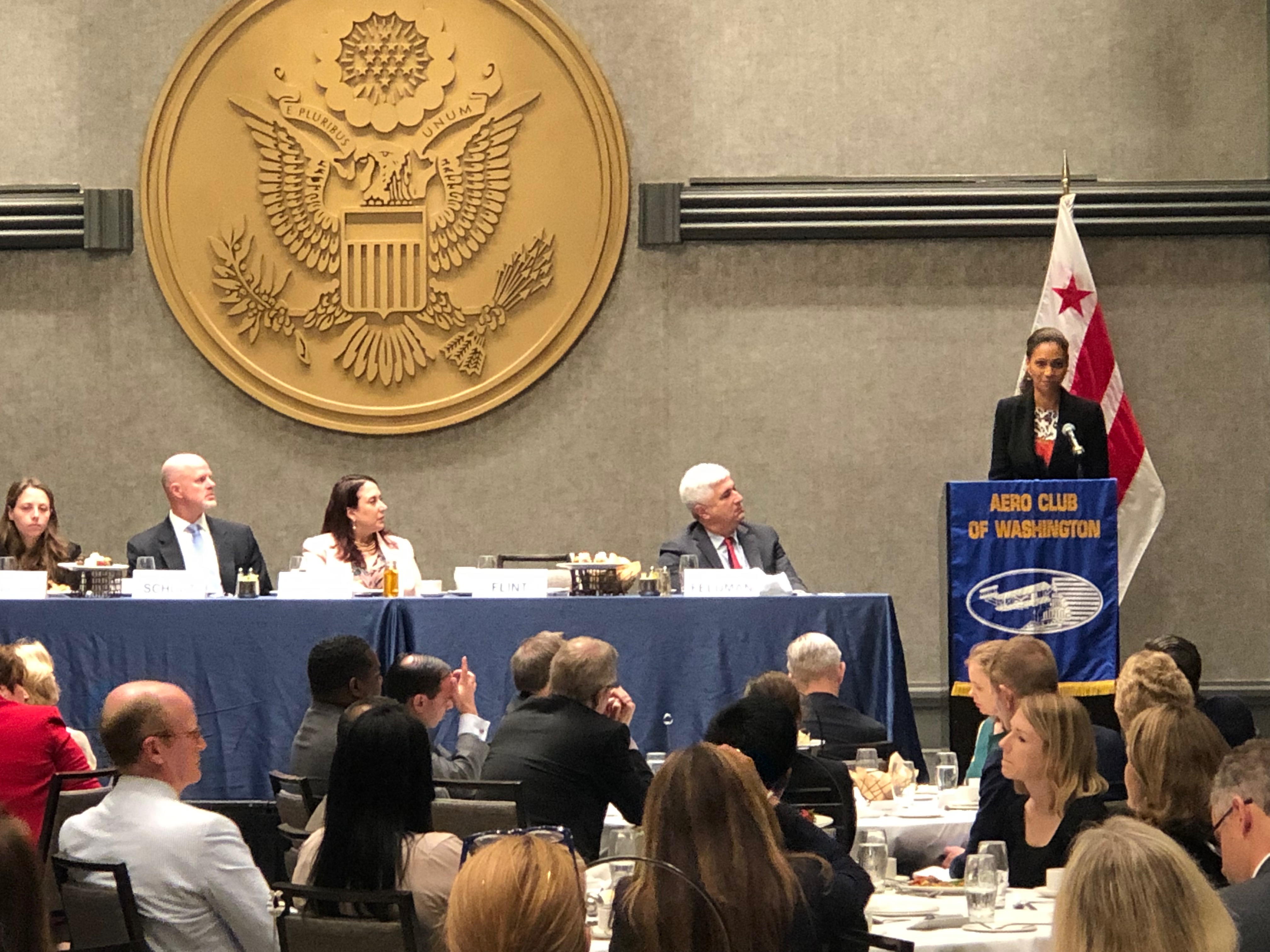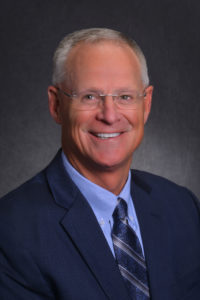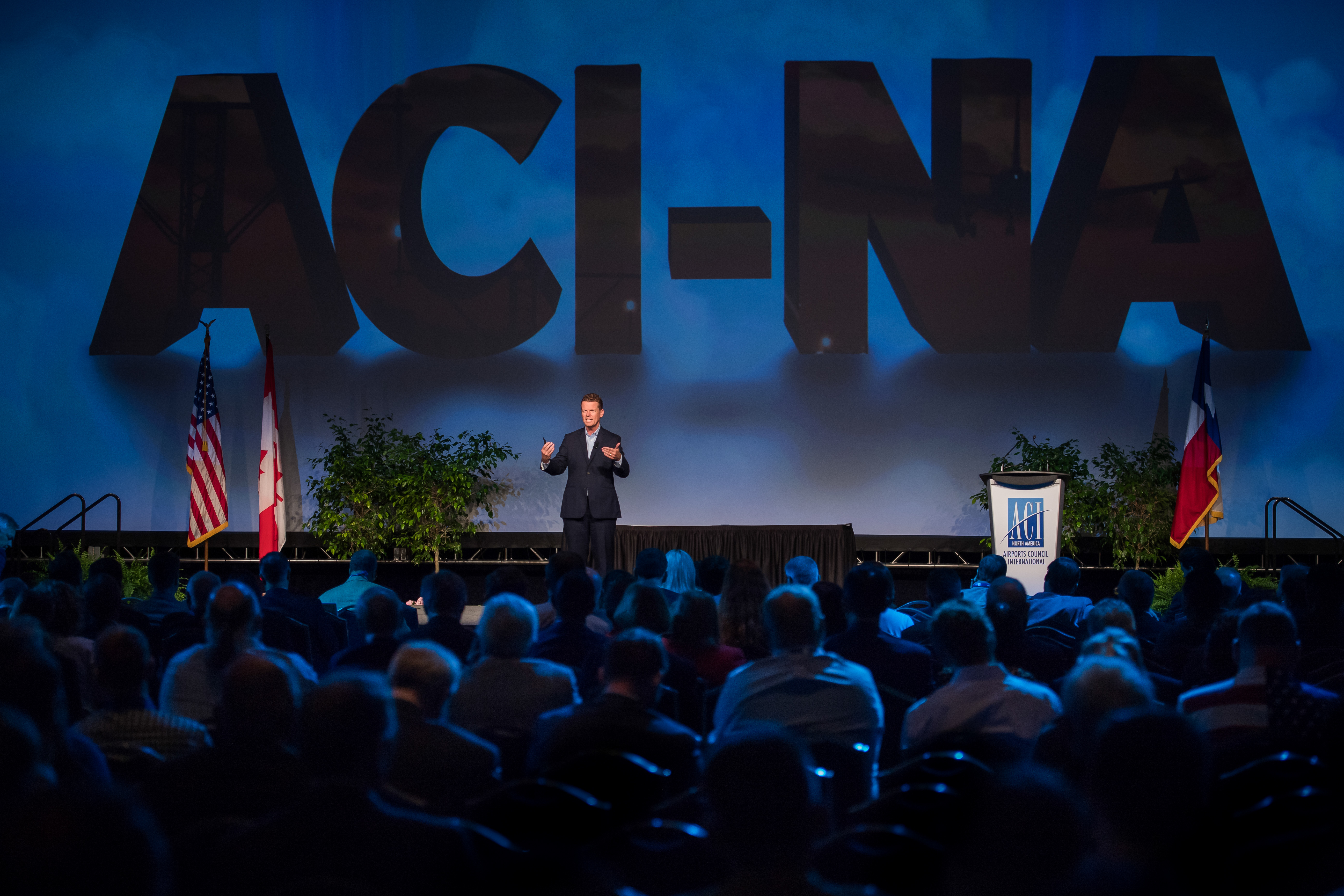States around the country are taking their first steps to safely reopen our economy and to start rebuilding a sense of normal life. This Memorial Day weekend is the unofficial start of summer in North America — a well-deserved benchmark that we’ve made it through a difficult start of this year. This typically marks the beginning of our busy travel season, and while COVID-19 has quieted the typical buzz in our airport terminals and dramatically reduced the crowds, we are finally seeing an uptick in passengers who want to travel again.
Despite the challenges we still face, the Transportation Security Administration expects more than 350,000 people to travel through our airports this Memorial Day weekend. That is a far cry from the 2.7 million air travelers who passed through our airports last Memorial Day weekend, but it nearly doubles our traffic from weeks prior. Airports welcome these early signs of a rebound, and they are ready to help passengers navigate the new normal as we work to adapt to the future of travel together. If you’re traveling this Memorial Day weekend, here are a few tips to get you started:
- Arrive early: Airports around the U.S. have enhanced safety standards and measures for all passengers. This could mean more delays as you travel through security checkpoints. Be sure to arrive early so you are able to make it to your gate and flight on time.
- Adhere to physical distancing: Remember to keep your physical distance (6 feet) when going through checkpoints, shopping at concessions shops, or standing in line at customer service. By keeping your distance, you can help stop the spread of germs and keep you and others in your party healthy.
- Wear a facial covering: Many states and local governments as well as airlines are requiring that masks be worn when occupying a public space. Please be sure to bring a facial covering with you to the airport and wear it throughout your duration there. For facial coverings to be worn properly they must cover your nose, mouth, and chin.
- Practice good hygiene: Wash your hands often with soap and water for at least 20 seconds throughout your time while traveling. Cover your mouth and nose with your elbow or a tissue when you cough or sneeze, and then throw the tissue away in a trash bin. Avoid touching your face.
- Be patient: We are all learning these lessons together, so please understand that our dedicated workforce is doing everything in their power to adapt to these new requirements as quickly as possible to ensure the travel experience remains as seamless as it can be in the face of new health and safety guidelines.
As the nation continues to open up and more people begin to travel, implementing these best practices will help to keep you and your loved ones safe and healthy. Our airports are eager to welcome you back.





 Last week, Los Angeles World Airports Chief Executive Officer Deborah Flint addressed the Washington Aero Club at a lunch event in Washington, D.C. In her speech, Flint described Los Angeles International Airport’s (LAX) current $14 billion investment project and how it will help to relieve congestion and improve the LAX travel experience for passengers.
Last week, Los Angeles World Airports Chief Executive Officer Deborah Flint addressed the Washington Aero Club at a lunch event in Washington, D.C. In her speech, Flint described Los Angeles International Airport’s (LAX) current $14 billion investment project and how it will help to relieve congestion and improve the LAX travel experience for passengers.








